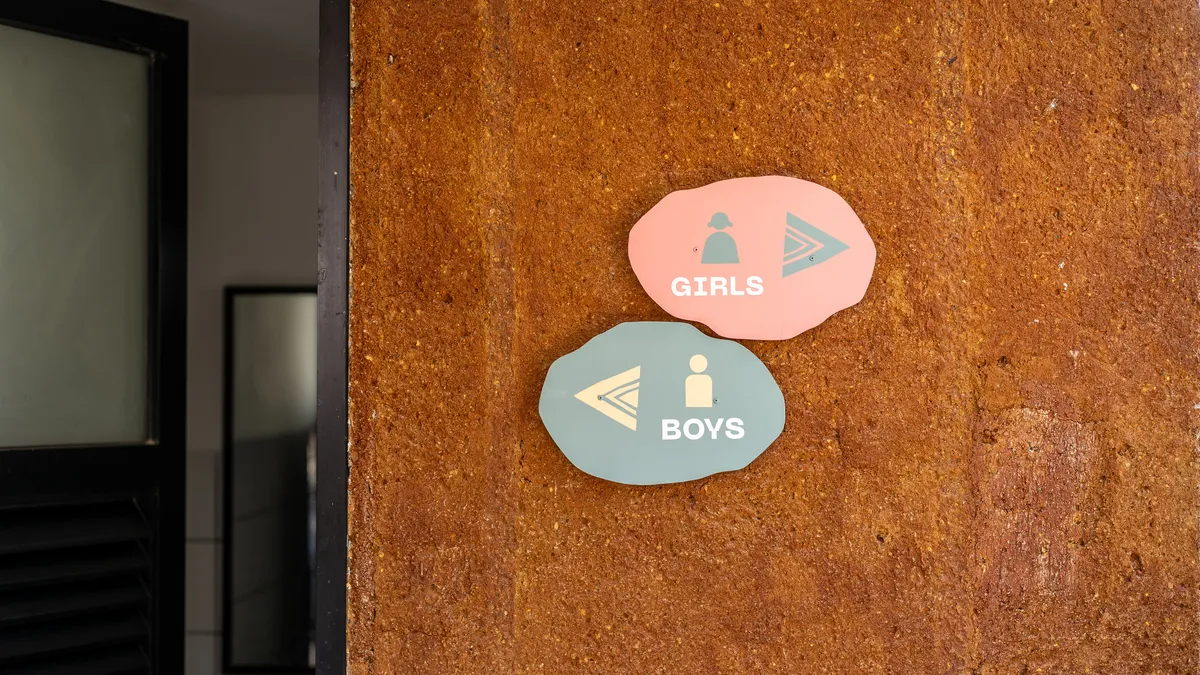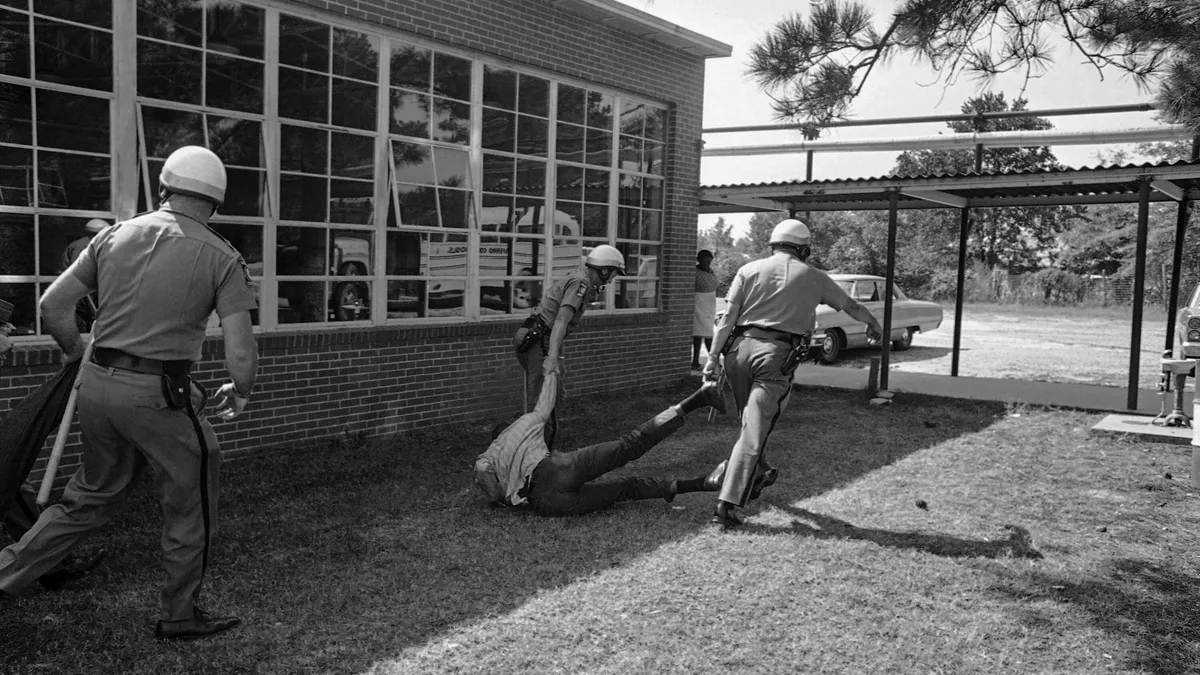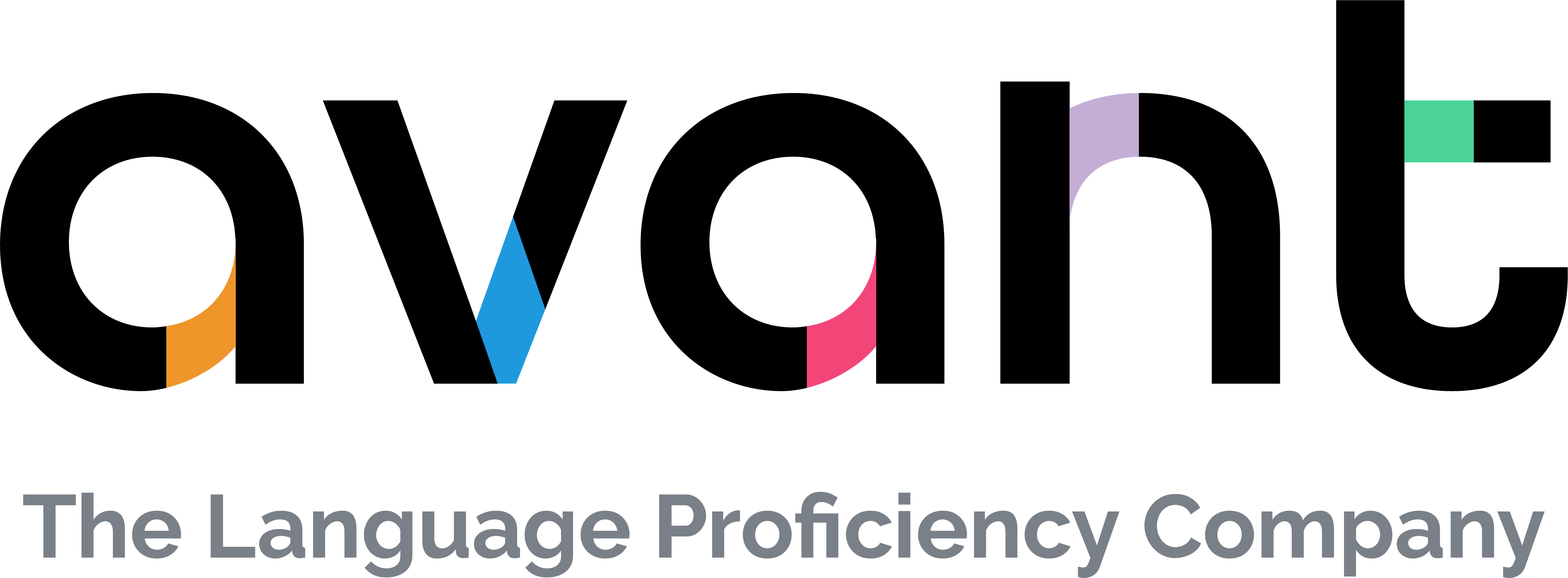We are at the beginning of a major information technology trend to develop increasingly complex 3-D virtual worlds and immersive virtual realities, and to expand the Web from 2-D to 3-D. In the 3-D Web broadly construed, users can interact, collaborate, and conduct transactions in different virtual worlds accessible through a Web browser or some other interface. While the 2-D Web experience has remained somewhat private, the 3-D virtual world experience is inherently community oriented. Beginnings of this major trend are seen of course in computer games and sharable simulated virtual worlds, such as Second Life. The 3-D Web is poised to profoundly change how we interact, socialize, conduct business, and play. And more importantly how we teach and learn, and how researchers, teachers, and students can meet and collaborate. The Universal Campus is an open 3-D virtual world infrastructure, created to begin exploring and exploiting the new avenues and opportunities that 3-D virtual worlds create in both education and research.
3-D virtual worlds deployed over the Internet are not meant to replace existing modes of communication, such as face-to-face meetings, videoconferencing, or the 2-D Web, but to complement them by bringing in new modes of communication, combined with unprecedented flexibility in both space and time and a unique ability for global reach. Consider for instance, organizing a scientific meeting in a simulated environment, and the main tradeoffs with respect to a real-life meeting.
On the negative side, one may suggest the quality of virtual meetings between avatars is not as compelling as face-to-face meetings between real people in the real world.











